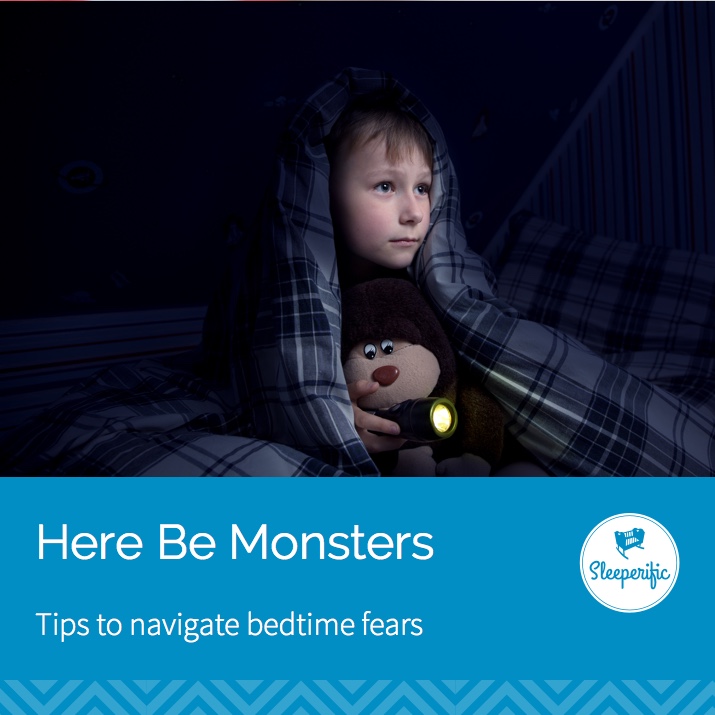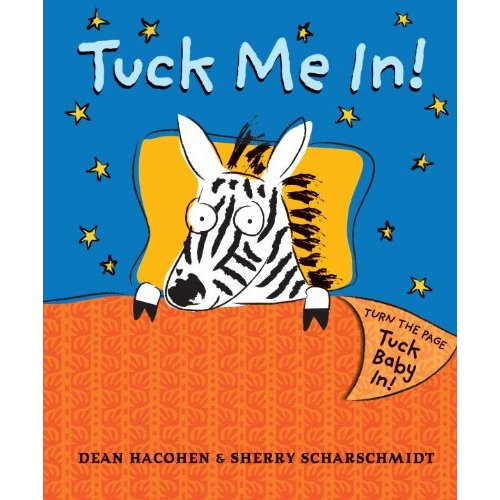March 5, 2013
 Springing ahead without getting behind
Springing ahead without getting behind
Spring is almost here. After the winter that just won’t stop, it’s a welcome change. The days are getting longer, brighter and (hopefully) warmer. Then you realize it’s Daylight Savings Time and you’re going to lose an hour of a parent’s precious commodity: sleep.
If it’s any consolation, this time change tends to be the easier one from a parenting perspective. Kids bridge this gap a bit better than Fall Back.
Here’s some of our suggestions to make for a seamless transition back into Daylight Savings:
If you have an early riser – Don’t do anything differently. This is the moment you’ve been waiting for! The child who is up like a firecracker at 6AM wake up will now be getting up at 7AM. Somehow, these parents will wind up gaining an hour after all this is said and done. Give a big thank you to the universe for this one.
For the ‘easy going’ child – A child with generally has good sleep habits and an ability to go with the flow, doesn’t require any preparation. You may not have to do anything ahead of the time change. Give them a few days to adapt to the new schedule.
For the ‘less flexible’ child – Start adjusting a few days before the shift. For children heading to school, shift their waking, breakfast, dinner and bedtimes to be 15 minutes earlier. For children who are younger than school age, consider shifting their entire schedule [including wake times, eat times, nap(s) and bedtimes] 15 minutes earlier. Repeat this incremental shift for the next 3 days. By the time Sunday rolls around, their bodies are fully prepared for the adjustment.
Stay on Schedule – Every aspect of the day gives our children an opportunity to know what time it is. Mealtimes, play times, along with wake and bedtimes all offer cues to help our children be prepared and receptive for what’s coming next. Be mindful and deliberate with the time adjustment as it affects ALL of your daily activities, not just sleep. Diligently follow your usual routines on the adjusted schedule.
Sleep Environment – Longer days and springing ahead means that sunlight is creeping into child’s bedrooms. Initially, the time change means more light at the end of the day. Light at bedtime can delay the onset of sleep. Ensure the use dark shades or window coverings to keep your child’s room dark. This will help prevent early morning risings as days lengthen and it becomes brighter in the early morning as well. A low wattage nightlight is fine.
However you decide to make the change, be patient. Your child will take a few days to adapt, just like you. Be consistent, stay the course and good luck families!
 On the fourth day of Christmas, my sleep coach gave to me:
On the fourth day of Christmas, my sleep coach gave to me:



 Springing ahead without getting behind
Springing ahead without getting behind